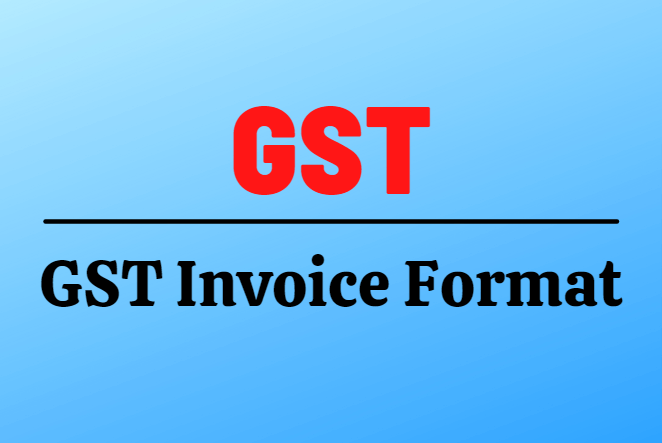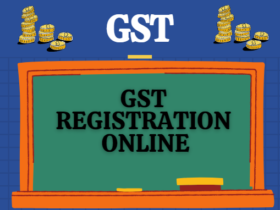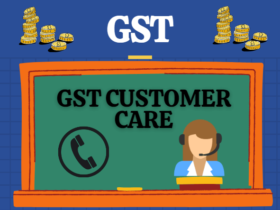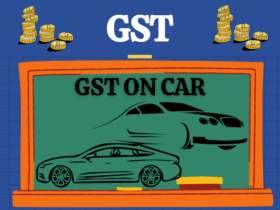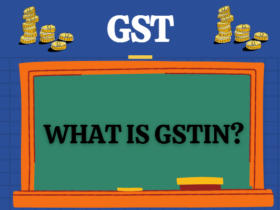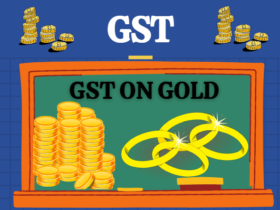GST invoice format is a receipt of a bill or sends goods or services that a vendor or service provider provides to a customer.
Before the implementation of GST. Various types of invoices were active in the system such as tax invoices, excise invoices, retail invoices, etc. However, after the implementation of GST, all those separate invoices replaced by GST invoices.
To be able to claim an input tax credit, it is mandatory to issue a GST challan. Therefore, every registered GST taxpayer required to issue GST challan to his customer so that they can claim an input tax credit. GST Invoice Format Details and Essential Information.
A registered person should issue a tax invoice before or at the time of removing the goods for supply to the recipient. For the supply of services, GST invoices can issue before, on time, or even after the time of supply. Apart from this, the e-challan system also implemented in a phased manner which requires some more mandatory areas.
It specifically lists services/products with the total amount payable. CGST and SGST can check any GST invoice to determine the prices of the said product or service before it is levied on them.
A GST invoice bill format also shows the amount of taxes levied on each product or service that a person buys from a vendor or provider.
Information Required in a GST Invoice
- Name, address, and GSTIN of the supplier
- Name, address, and GSTIN of the recipient if it registered.
- Date of issue
- HSN or SAC for goods and services.
- In the case of registered recipients, this GST bill number should also include the name, GSTIN, and the address of the receiving party.
- Description of the goods/services
- Invoice type, whether it is tax invoice, supplementary invoice, or revised invoice.
- Amount of discount applicable on these taxes, if any.
- The tax rate for each item.
- The applicable rate of GST (Rates of CGST, SGST, IGST, UTGST, and Cess clearly mentioned)
- Supply state and place of supply
- The billing address and information.
- Shipping address and information.
- Reverse charge or forward charge.
- Signature of the supplier or his authorized representative
When should you Issuing a GST Invoice
Creating GST invoices can difficult in some cases as soon as items shipped or services provided. Thus, to make matters easier, the Government of India has outlined a common time frame for suppliers to follow:
In the case of goods supplied
Goods suppliers must prepare such invoices on or before the date of removal of the said products. Under Section 2 (96) of the CGST Act, 2017, removal of goods can mean one of two things.
- Goods dispatched for delivery to the recipient.
- Goods collected from the supplier by the recipient or an authorized person acting on behalf of the recipient.
In case of the Continuous Supply
If the invoice relates to a recipient with whom the supplier maintains a consistent sequence of business, the latter may issue an invoice under GST on or before the account statement generated or payment received.
On Services
In the case of a GST invoice bill on the services provided, it required to issue within 30 days of providing the related services.
On Bank and NBFC Services
In the case of financial services provided by banks and other financial institutions, the deadline for issuing GST receipts, unlike all other services, is not within 30 days, but within 45 days from the date of service delivery.
Copies of the GST Invoice required
| Type Of Copy | For Goods | For Services |
|---|---|---|
| Original Copy | The original invoice is handed over to the buyer. | The original invoice is handed over to the receiver. |
| Duplicate Copy | A second copy is made, marked as ‘for transporter’. However, marking is not required when the supplier has received the invoice reference number. When the invoice is uploaded on the GST portal, an invoice reference number is issued to the supplier. The number is valid for 30 days from the date of invoice. | The second copy is for the supplier, and it is marked as ‘For Supplier’. |
| Triplicate Copy | This copy is for a supplier, and it is marked as ‘For Supplier’. |
Raising a Revised GST Invoice
Revised tax invoice challans can be made against invoices issued under Rule 53 of the CGST Act, 2017. The amendment of the GST invoice bill may involve a downward or upward change in the prices of the goods or services supplied. This may also cause a change in CGST / SGST / IGST rates, which were earlier applicable to this bill.
The following details should be present in a revised GST challan
- ‘Revised Invoice’ should be marked wherever applicable on this bill.
- GSTIN, address, and name of the supplier.
- Date of GST document issue.
- Nature of document.
- Name, GSTIN/UIN, and address of a registered recipient.
- Date and a serial number of the corresponding GST invoice.
- Shipping address and details.
- A unique and consecutive serial number, which does not exceed 16 characters.
- Signature of the issuer or authorized representative.
When is Issuing a Tax Invoice Not Mandatory?
A supplier can avoid issuing GST invoices only under the following two conditions:
- The recipient in the transaction is unregistered.
- When the recipient expresses that he/she does not need such an invoice.
Keep in mind that both these standards must met for the supplier to avoid a legal order to issue GST invoices. Instead, the registered supplier may issue a consolidated tax invoice in respect of all such supplies at the end of each day.
It should remember that in the case of tax-exempt goods and services, a registered business required to issue a bill of supply instead of a regular GST invoice. This is also true if the supplier under consideration is already bearing tax under the composition scheme.
READ ALSO : Goods and Services Tax (GST) Tax Slabs in India
READ ALSO : Types of GST in India IGST, CGST, and SGST
